SaaS, both as a business strategy as well as a product offering, is rising in popularity by the day.
The pandemic has proven its benefits. From higher strategic value to customizable solutions, if you are in the business of making digital products, it better be a SaaS product.
Stats show that SaaS will grow into a $104.7 bn industry by the end of 2020. The sheer value along with its cloud and infrastructure abilities make it a no-brainer for the aspiring entrepreneur.
Obviously, your next question would be, “How much does it cost to build a SaaS product?”
That’s what we’re here to answer.
Things that affect the cost of SaaS development
Software-as-a-service is a multi-faceted offering. Development, deployment, and maintenance have their own set of considerations, and if you miss out on any of those, the overall experience falls apart.
The profitability of a SaaS product comes from its sheer ability.
It is not a one-time thing that gets developed and sold like a product. Instead, users pay regularly for an ever-evolving product that constantly offers new features and improves its UX.
This means that your SaaS product needs to be scalable, flexible, upgradable, and usable.
The not-so-obvious considerations
Laying the proper foundation is very important, something that most entrepreneurs tend to overlook.
For your SaaS product to be cutting-edge, you need to employ design thinking along with the right product development strategies.
This means, spending time on validating your product idea, polishing up your set of features, designing your unique UX, laying down a product roadmap, and setting up the development’s cadence.
Easy to put together in a single sentence; hard to actually make it happen.
These considerations not only add up to the cost of building a SaaS application, but they also decide whether your SaaS app would be successful or not.
A breakdown will be provided after this section.
Out of all of these, the most important and sometimes severely overlooked aspect is the UX.
The user experience of the product is everything.
No matter what kind of killer feature you put in, if it does not translate into something that is actually usable, then you will be out of the game in a blink of an eye.
Hiring the right talent for UX design and putting in the necessary hours to research the requirements are essential.
Now, to the obvious considerations
Firstly, features.
Considering that you go through all of the stages of design thinking and land on the set of features, you would have a solid sense of what you want to develop.
You can choose to polish your MVP and launch it, or you can add a few more features to it.
The beauty of SaaS is that you do not need to start as something perfect.
All you need to do is offer the right tools to attract your users, and then, once they subscribe, you can spend more time on polishing your product.
Secondly, the developers.
Your choices are:
- Build your own team
- Hire freelancers
- Work along a digital product agency
There is also the option of doing it all by yourself using no-code development which can help you as you try to figure your way out in the market.
Thirdly, all the maintenance considerations.
Be it a normal application or one powered by SaaS, there is a lot that goes on behind the veneer of the features.
This includes hosting, customer support, marketing, APIs and integrations for other tools and platforms, legal fees, and so on.
Estimating the cost of developing a SaaS product
The actual cost of developing a SaaS product varies from one product idea to another, because of obvious reasons.
A Customer Relationship Management app is completely different from, say, a tool that helps with hiring and outsourcing.
But, the baseline cost for every SaaS product is almost the same, because the overall expectations on the user’s end is the same.
You would need a front-end that enables the user and your features, and a back-end that runs everything.
Let’s use our considerations for a concrete example such as building something similar to Dropbox.
Dropbox is a cloud-storage SaaS platform for consumers and businesses, and sets a good baseline because of its focused offering.
To build a Dropbox-like MVP, you would need to offer the following to the users:
- Ability to create a document
- Ability to upload photos/videos
- Notifications
- In-built search
- Previews
- Download
- Sharing
- Managing access to the files
- Exporting options
Along with these front-facing features, you would need to spend time on developing a proper UX, as well as develop its back-end.
Before going into the other details, let’s take a look at the average cost of software development charged by freelancers.
These are the price ranges from gig platforms such as Upwork and Truelancer:
- For front-end development, the rate is $5-60 per hour
- For UX development, $9-30 per hour
- Back-end starts from $10 and can easily hit $90 depending on your needs.
Let’s consider some geographical averages as well:
- Southeast Asia boasts the cheapest range — $15-50 per hour
- Next is Europe, where the range $35-110 per hour
- Finally, Silicon Valley/USA — $40-250 per hour, sometimes even more.
Such discrepancy in costs is due to several reasons — cost of living, overall skill level, type of complexity, and market value.
Being informed, you could adjust and leverage the differing rates to bring the overall cost of developing your SaaS product to a manageable rate.
You cannot cut corners around your back-end because of regulations and performance considerations.
GDPR laws across the West make secure database designs mandatory for every online offering.
This goes along with the performance need for your back-end to be as robust as possible to match other competitors and convince customers.
For our Dropbox example, let’s set the hourly rate for back-end at $50 while going for the middle values for UX and front-end.
Cost of building the UX for a SaaS product
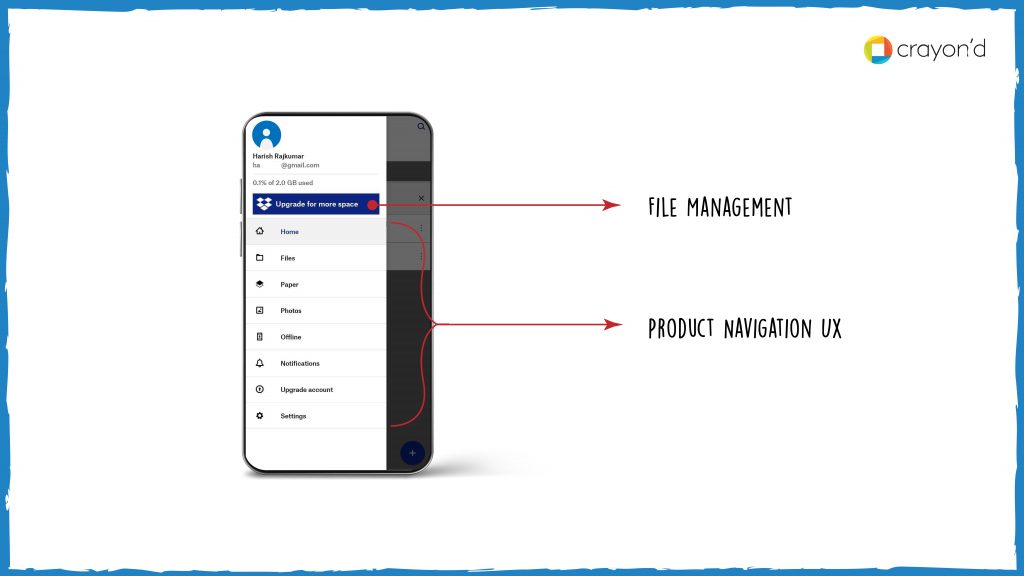
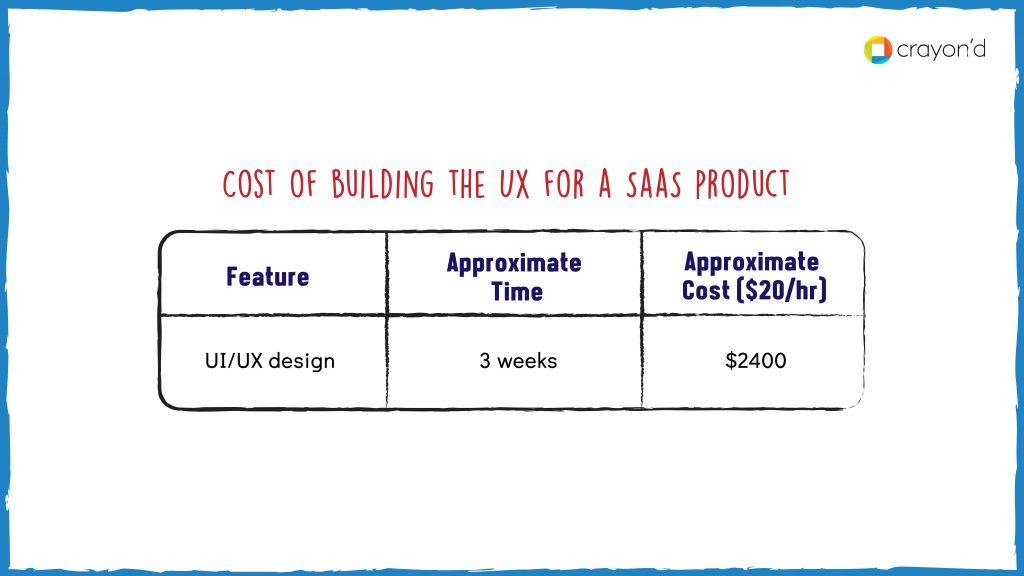
Cost of building the front-end for a SaaS product
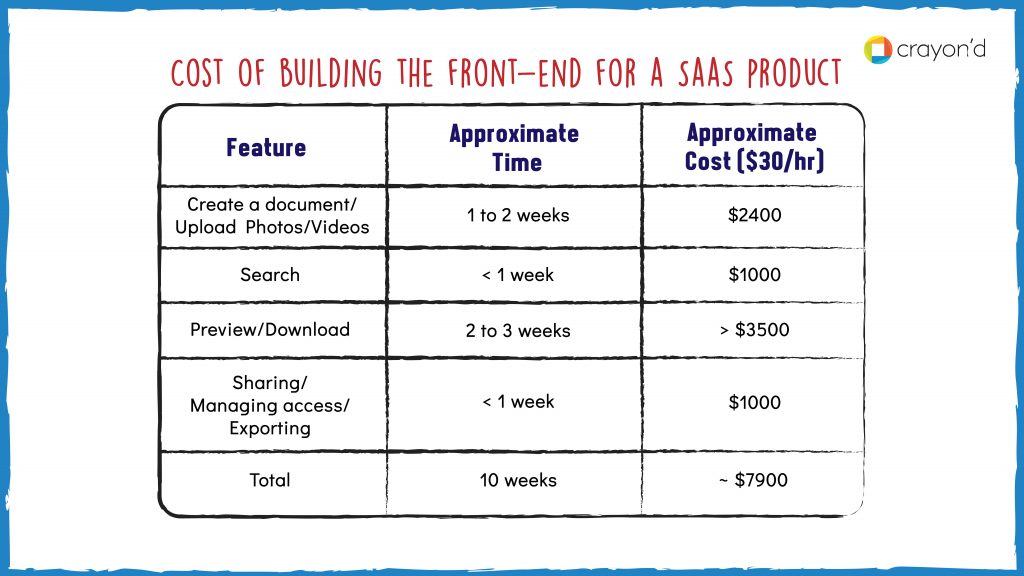
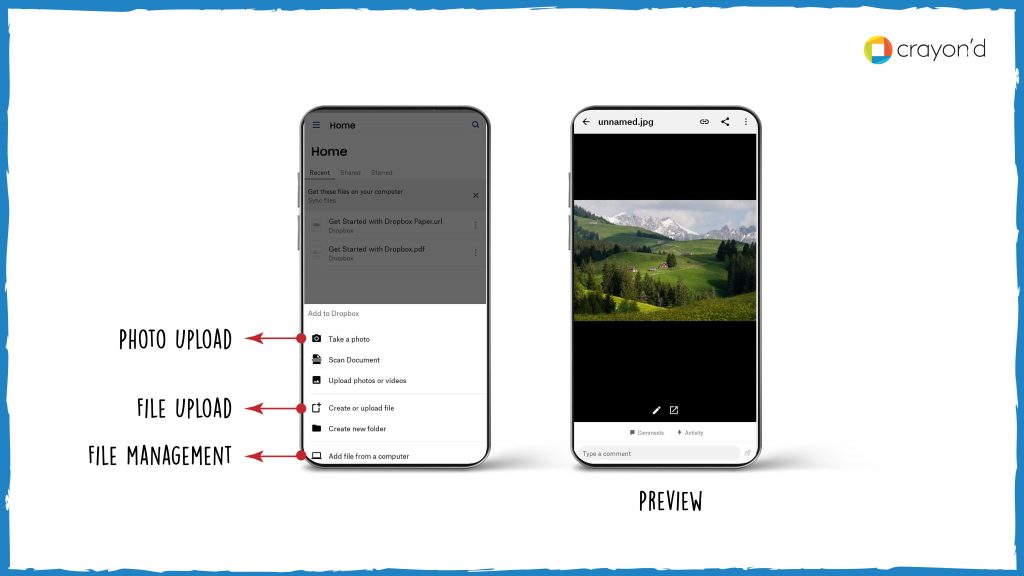
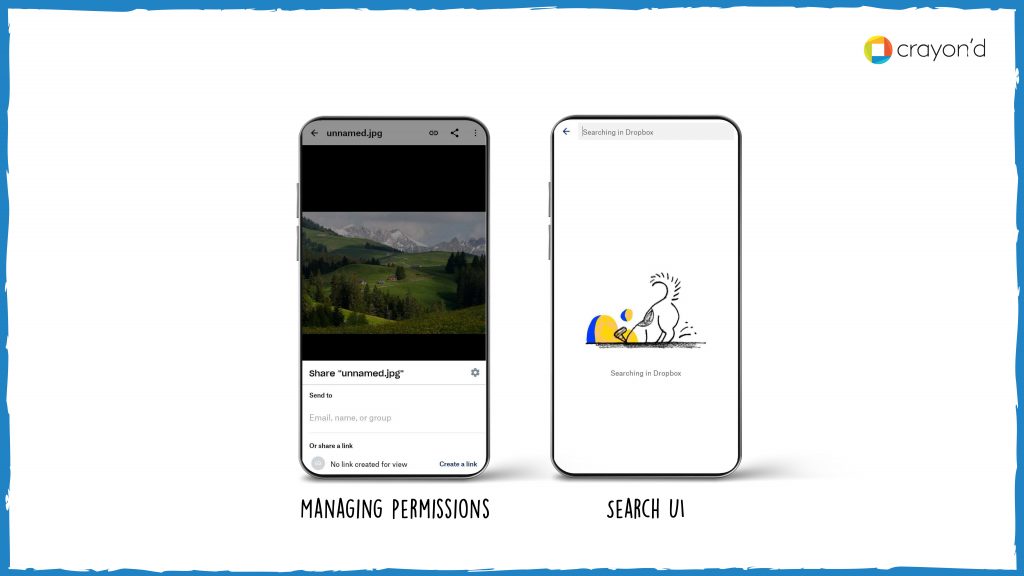
Cost of building the back-end for a SaaS product
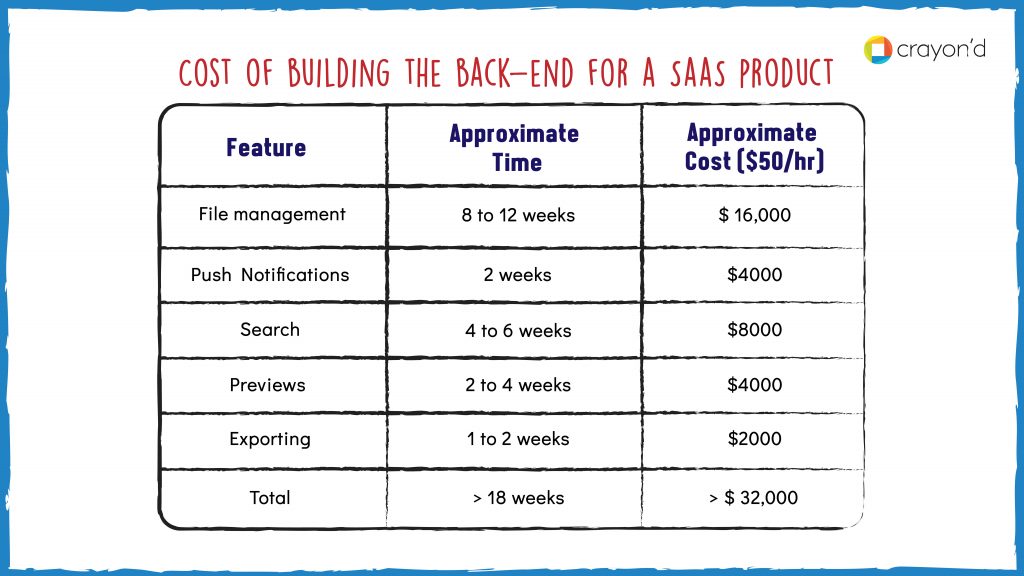
Without including the overhead costs of maintenance, hosting, DevOps, and other considerations, the cost of building a SaaS application (or rather, its MVP) can be approximated to $42,300.
SaaS development and Digital Product Agencies
Such approximations have a few caveats.
Firstly, it is a general approximation that does not always represent real-life examples or applications.
If your product is as focused as Dropbox, then you could probably get away with spending just $43k on its MVP.
This baseline cost does not account for real-time SaaS development considerations such as continued testing, development, scalability, market research, and so on.
The approximation is however useful to gain a basic understanding of how to start up as a SaaS-driven entrepreneur.
Your journey can be smoothened further by a digital product agency. They are known for their wide range of expertise and experience with building all kinds of products.
Digital product agencies can help you manifest your product idea into a SaaS offering while keeping the cost within your budget.
What’s more — a digital product agency can also double-down as your UX and market research specialist and help you launch your product.
Bottom-line
As an aspiring entrepreneur, SaaS is where you should be.
Right from its pricing advantages to its ability to scale and meet customized demands, SaaS is the future of product offerings.
A multi-billion dollar industry, SaaS is bound to spill over into all kinds of product possibilities.
This means that you get to choose from a wide range of user needs, market gaps, and innovation opportunities to build for.
Developing a SaaS product can seem daunting, be it the cost of building one or finding the right talent.
You can always hire a digital product agency like ourselves to reduce the risks associated with hiring freelancers and gain a competitive advantage.





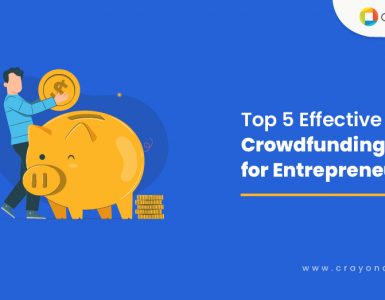

Add comment